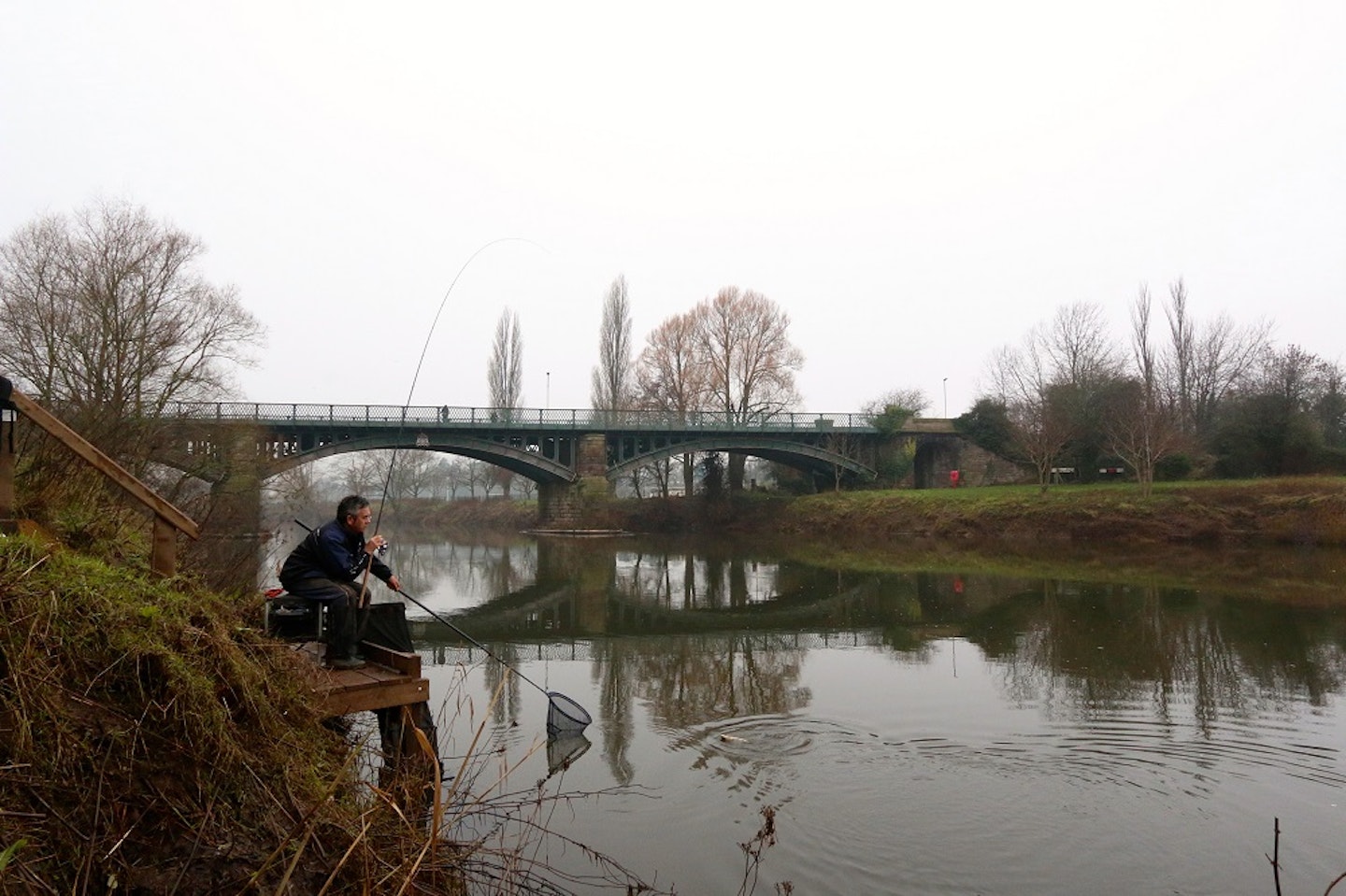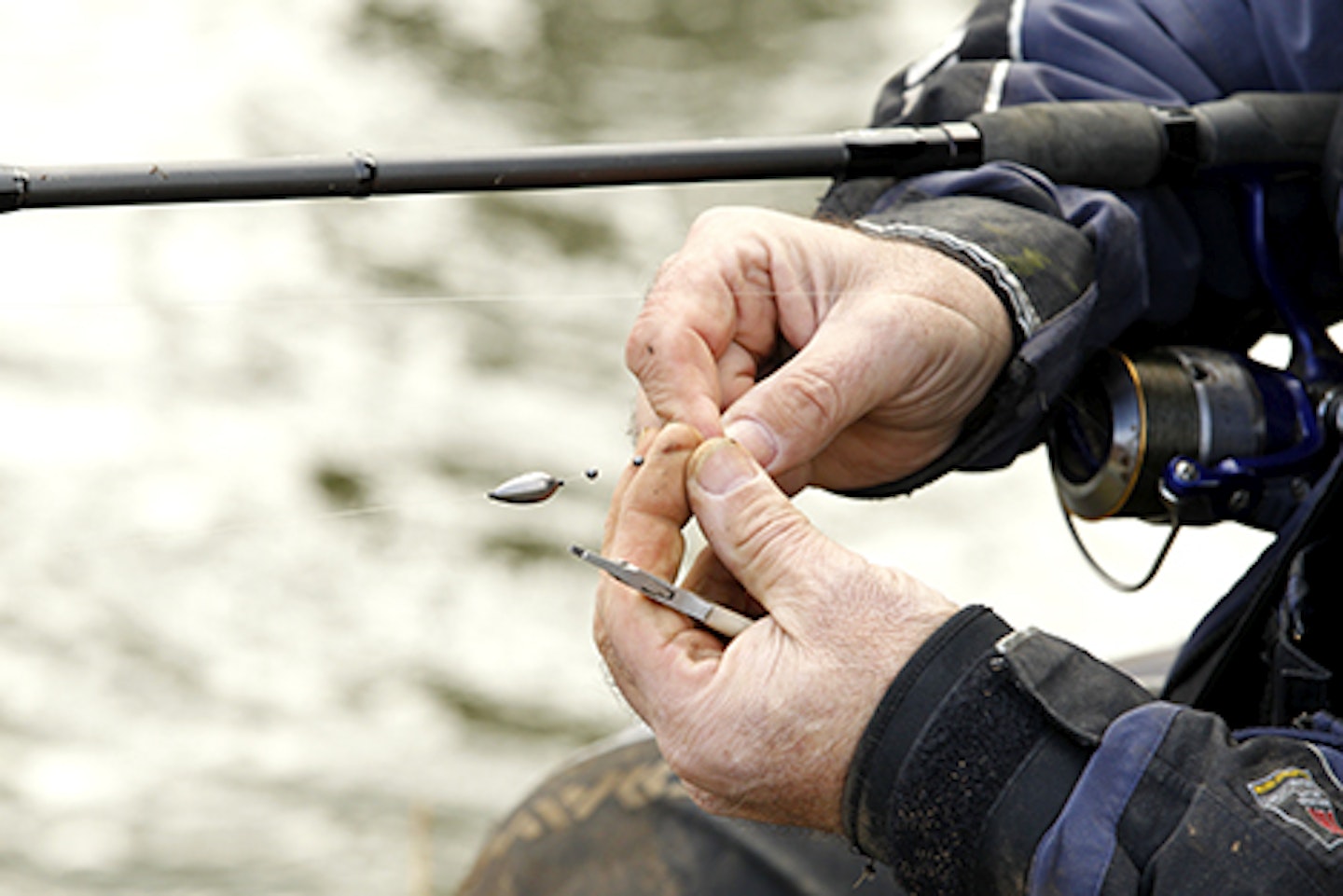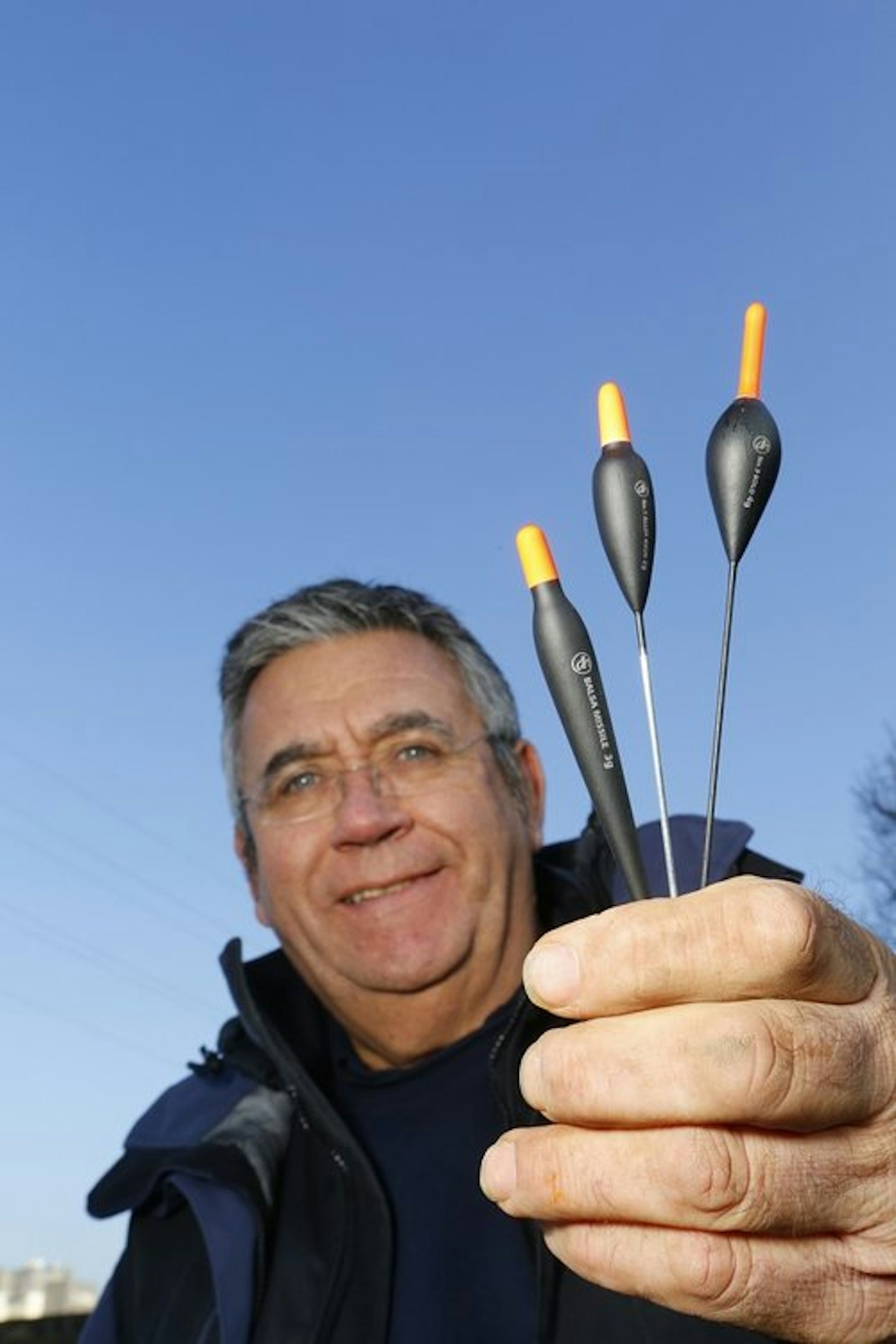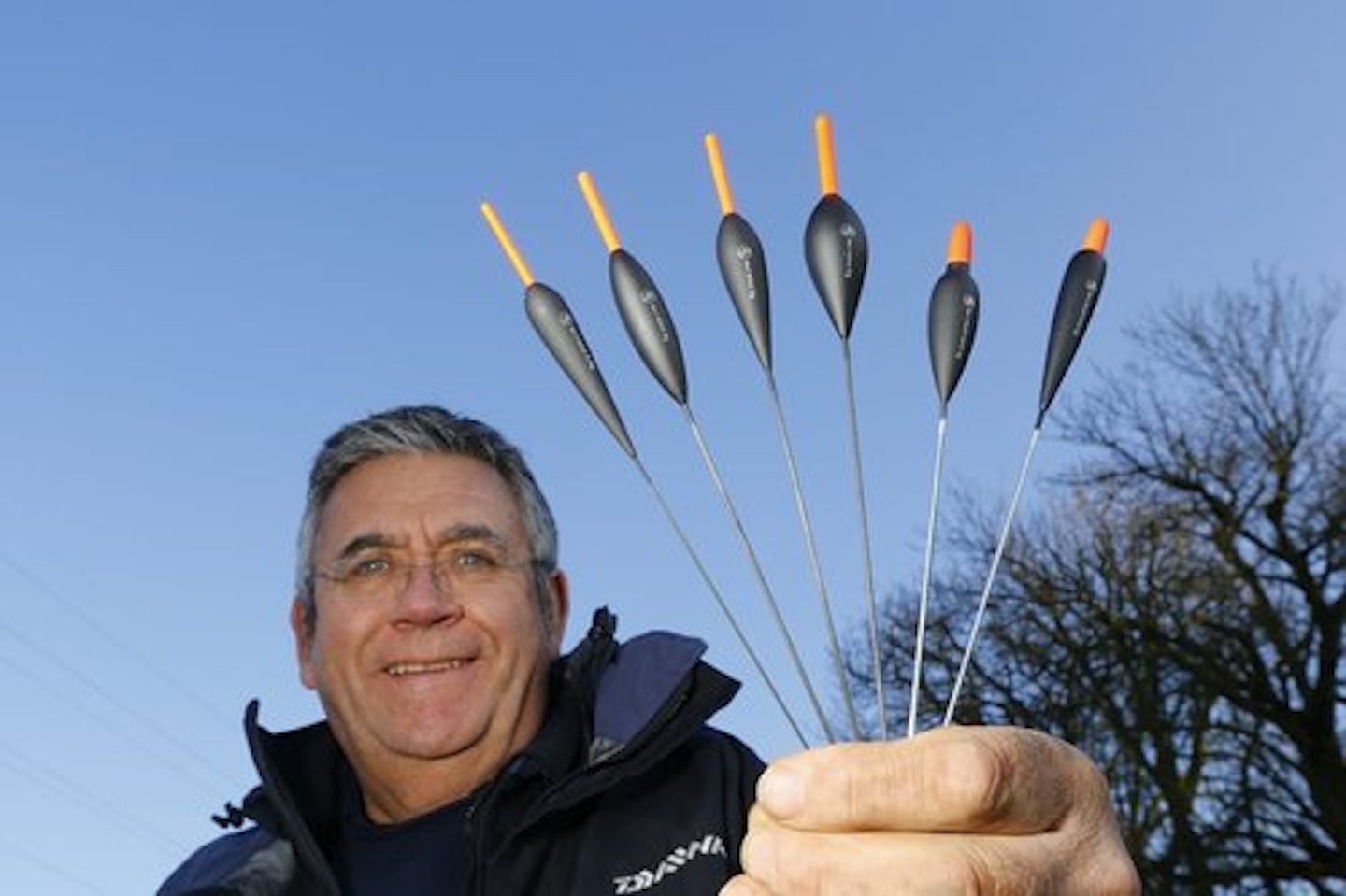There are days when fishing a float shotted with a group of shot or an olivette close to the hook will catch you a lot more fish than a strung-out, lightly shotted rig. Even in water as shallow as 2ft, a bulk shotted rig can work wonders particualrly for species like chub and barbel.
Years ago, there were very few float choices for these approaches but, in more recent times, there are plenty of choices to suit a large number of situations.
All my bulk fishing is based around three types of float patterns, and while there are different designs within these families, the basic approach is the same with a bulk and sometimes (but not always) a drop shot.
I carry a big selection of floats for this sort of work and they range in size from 2g all the way up to a 10g. Add to this equation a mix of thicknesses in the hollow bristles or balsa tops and you will quickly realise that it’s a type of fishing that requires plenty of options if you’re going to cover all situations.

Olivettes or shot?

For bulk-shotted rigs I prefer to use olivettes over shot. They are neater and less prone to tangling. The ones I use can be fixed to the line by pulling a small piece of tight-fitting pole elastic through the hole and trimming it flush with the lead.
This fixes the olivette in place and stops it moving, unless you actually want to slide it yourself.
I use these in sizes from 0.40g all the way up to 10g.

SHALLOW SWIMS (2ft - 4ft deep)
There was a time when I only used to attack these sorts of depths with a short, stubby balsa float but in recent years I’ve had a lot of success by cutting down the stems of small 2g and 3g Avon and Bolo floats.
As there isn’t much depth to play with on this sort of swim, you’re better off not using a drop shot and instead fixing an olivette or a bulk of shot about 1ft to 18ins above the hook.
When I’m fishing in this way I’m usually targeting barbel or chub, so there isn’t a need for too much finesse as the water will be fast. I use 5lb or 6lb line in these situations and tie the hook direct to the mainline.
Because these swims aren’t very deep I would always sway towards loosefeeding with maggots, casters and hemp or fishmeal pellets.
MEDIUM DEPTH (4ft - 8ft deep)
This depth is where bulk rigs are ideal for a wide variety of species. The choice of float is determined by the species that you are fishing for. If the target fish are roach and dace and the flow is slight then the No4 and No5 Bolos are perfect.
For faster moving water, I use the No1 and No2 models with thicker hollow bristles and for very fast water, the choice is either a No3 Bolo for fishing out in the river or an Avon float for close in work.

To choose the right size float, always plumb the depth carefully before you actually put a float on the line.
Check the depth close in and well out as there could be a big difference and once you’re happy that you know what the depths are at different points in the river, use 1g to 2g of float capacity for every 2ft of water. Depending on the flow, this could mean a 4g or an 8g float in 8ft of water.
Position an olivette or a bulk of shot around 18in to 2ft from the hook with a single No6 drop shot about 10in from the hook.
Most of the time I would use loose feed for this depth range but there are times when groundbait can work well in conjunction with a bulk rig. This would usually be mixed with soil to a ration of 75per cent groundbait and 25per cent soil, with a small ball every cast.
DEEP SWIMS (8ft - 14ft deep)
Bulk rigs really come into their own in very deep water, and it was this sort of situation that first alerted me to the effectiveness of the approach way back in 1992, when I watched the Italian National team practising for the World Championships in Ireland.
I learned a lot that day, and ever since then Bolo floats have played a big part in my fishing.
For slow-moving water, the choice is a larger size of No4 or No5 Bolo, and as the speed of the flow picks up, the choice is either a big No1 or No2 Bolo or a big Avon. As a general guide, 1g to 2g of float capacity for every 3ft of depth is about right so a 10ft deep swim would demand a float taking from 5g to10g, depending on flow speed.
With the bigger float I change from a No6 dropper to a No4 and it works in just the same way.
In these depths, groundbait plays much more of a part in my approaches and if the river is flowing fast I use a 50/50 mix of groundbait and soil.
The extra weight helps to get the balls of groundbait down to the bottom quickly but the balls break up fast when they’re on the riverbed, allowing loose particles like casters and hemp to attract fish into the swim.

Dave Harrell is recognised as one of the country’s best-ever river anglers. He has fished for England at World and European level and now runs his own tackle company. For more information go to: www.daveharrellangling.com
